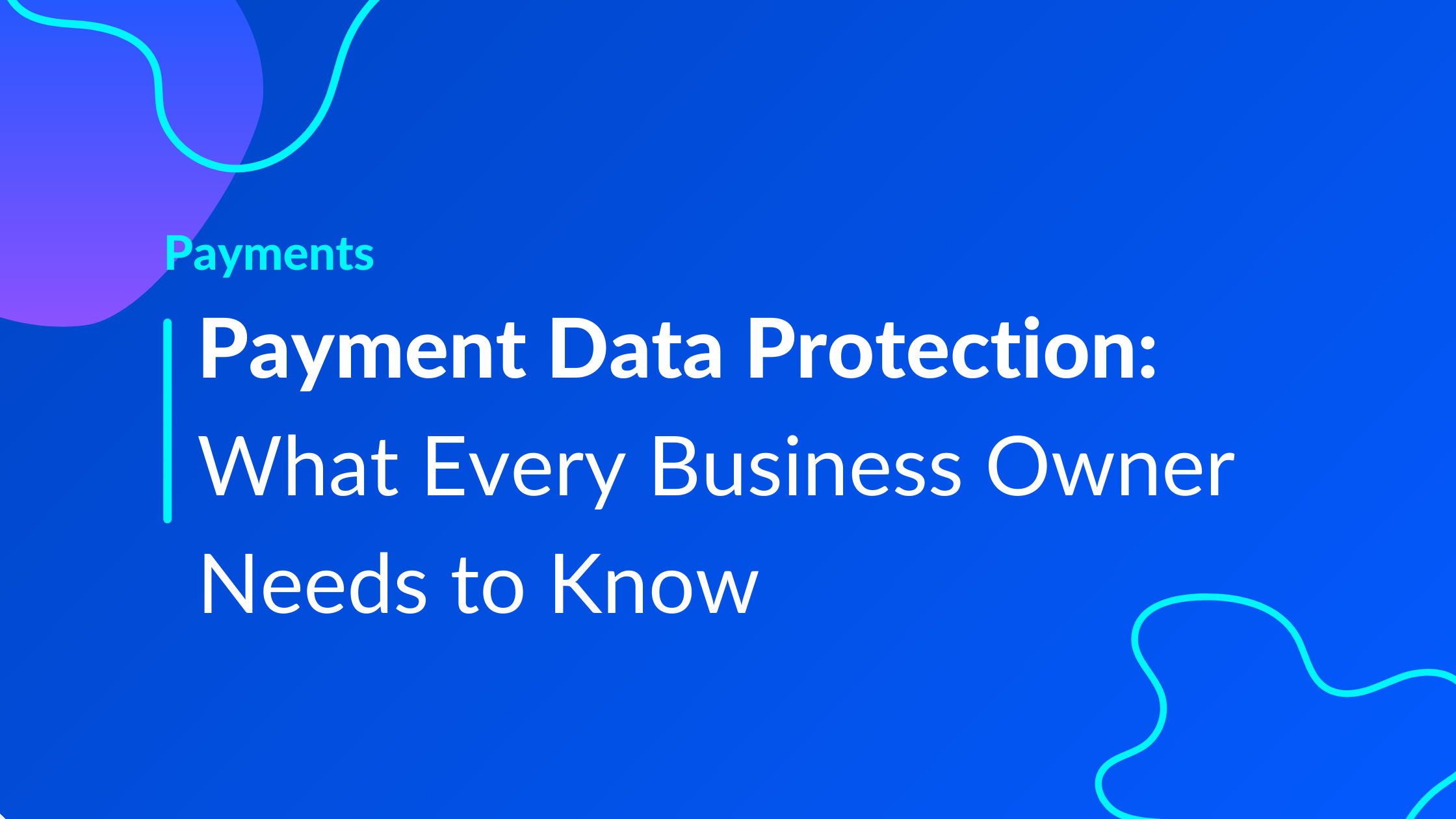With the rise of online transactions and payment methods, it's vital for businesses to prioritize the protection of their payment data. Payment data includes any information related to customers' payment details, such as credit card numbers, bank account information, and personal identification data -
Any breach of payment data can result in significant financial losses, customer distrust, legal action, and damage to a company's reputation, which is why payment data protection is simply crucial for any business, regardless of its size or industry.
In this post, we'll discuss some practical ways to protect your payment data and safeguard your business.
1. Use Secure Payment Gateways and SSL Certificates
One of the most critical steps towards payment data protection is to use secure payment gateways and SSL certificates. Payment gateways are third-party providers that securely process credit card transactions between a business and its customers. By using a reliable payment gateway, businesses can ensure the protection of sensitive payment data.
SSL (Secure Sockets Layer) certificates encrypt online communication and provide a secure connection between a website and a user's web browser. SSL certificates create a secure channel for data transfer, making it challenging for hackers to intercept payment data during online transactions. Ensure that your website and payment gateway have SSL encryption for maximum protection.
2. Implement Multi-Factor Authentication (MFA)
Another important measure to protect payment data is to implement multi-factor authentication.
Multi-factor authentication adds an extra layer of security to the login process by requiring two or more factors such as a password, biometric identifier, token, or smart card.
By doing so, businesses can prevent unauthorized access to sensitive payment data and ensure that only authorized personnel can access this information.
3. Train Employees on Payment Data Protection
Businesses should train employees on payment data protection, including the importance of safeguarding payment data, identifying potential threats, and taking appropriate measures in case of a security breach.
Employees must understand the payment data protection policies and procedures, including how to handle payment data, where to store it, and how to report security incidents.
Employees must also be aware of phishing attempts, social engineering, and other tactics used by cybercriminals to steal payment data.
4. Regularly Monitor and Update Software and Systems
Businesses should regularly monitor and update their software, systems, and antivirus programs to protect against cyber attacks and malware that can breach payment data -
Outdated software and operating systems can create vulnerabilities in your business' network, making it easier for hackers to penetrate and steal payment data; this is why it's essential to keep your software and systems up to date and regularly monitor for any suspicious activities.
5. Partner with Payment Experts
Finally, partnering with payment experts can help businesses ensure the protection of their payment data. Payment experts, such as Managed Service Providers (MSPs) and Technology Service Providers (TSPs), can offer customized payment solutions to businesses.
MSPs and TSPs can also provide payment security audits, risk assessments, secure payment gateways, and other tailored solutions that can help businesses manage their payment data protection.
As we should now know, payment data protection is a crucial aspect of running a business in today's digital age. Businesses must take all possible measures to safeguard their payment data against theft, fraud, and other online threats.
By implementing these important security measures, businesses are better positioned to ensure the safety of their payment data. So, don't wait, take the necessary steps to protect your payment data, and safeguard your business's future -
Payment collection shouldn't feel like a chore. You've done the work, now WisePay takes care of the rest: Getting you paid (on time, every time). From the moment an invoice is created to chasing payments, to finally reconciling the invoice, WiseSync and WisePay work together to automate every step of the invoice lifecycle - discover how to Get Paid Faster.
